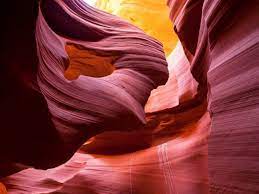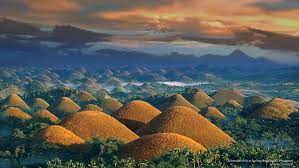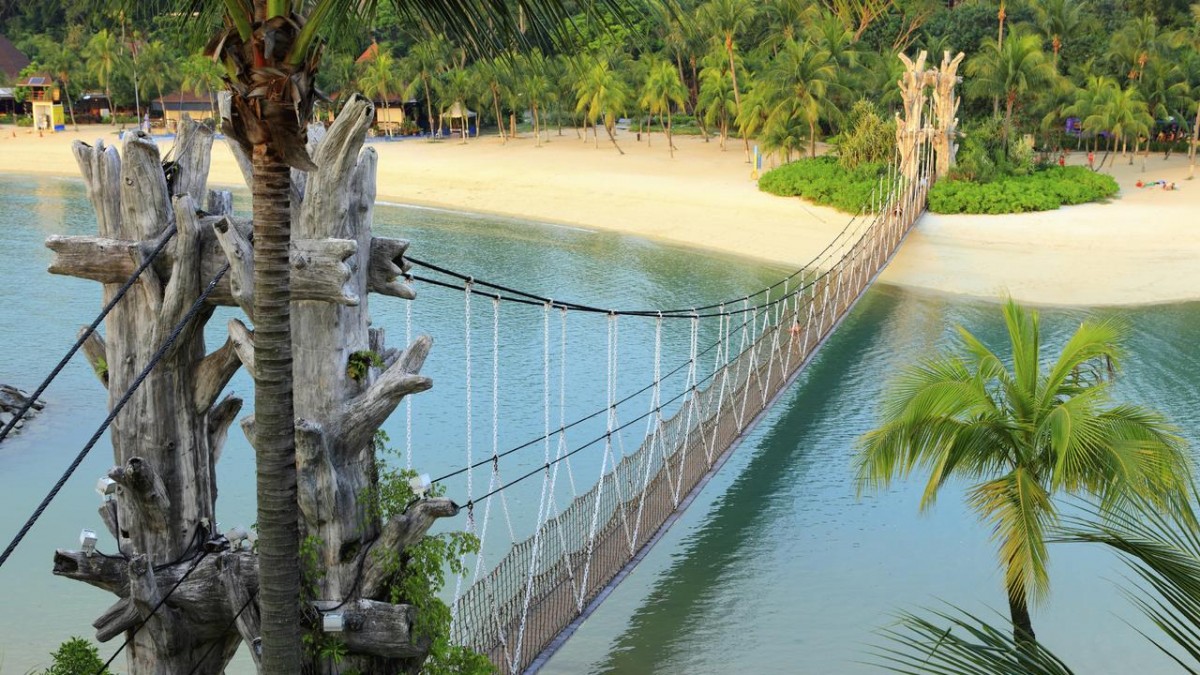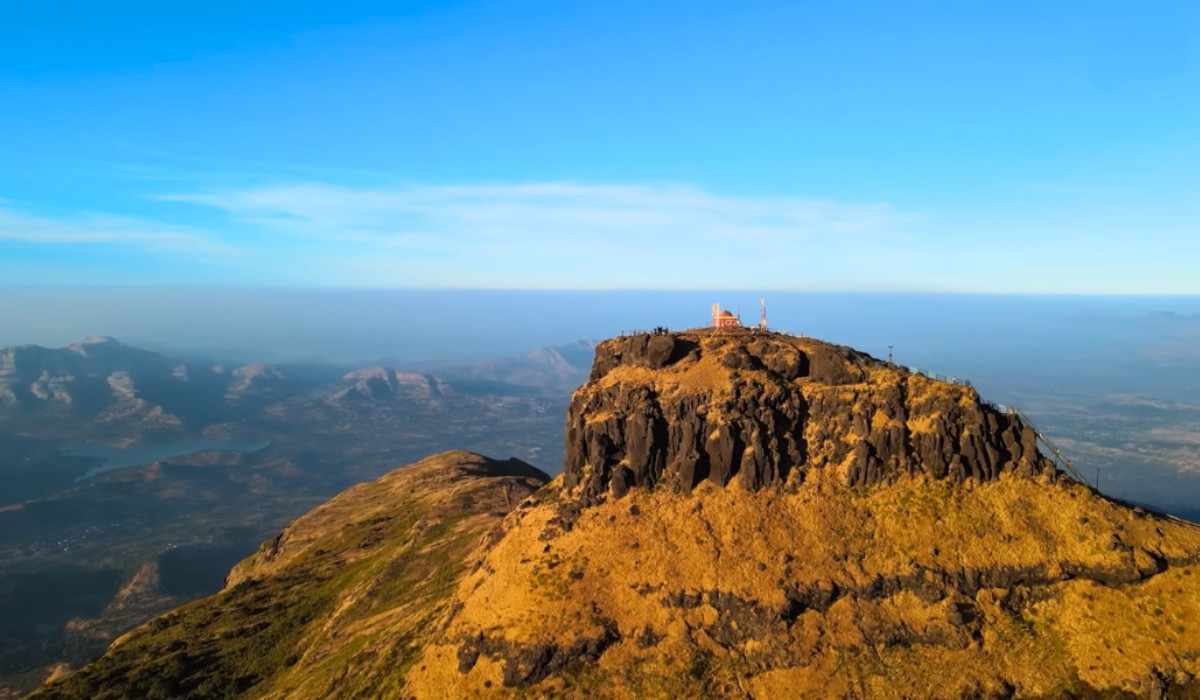The most beautiful photos of natural wonders around the world!
There are unbelievably beautiful natural wonders across the world. Photographs capture the vibrant colors of canyons, forests, and rocky shorelines. Natural wonders come in all shapes and sizes. From China’s Tianzi mountains to the Verdon Gorge in southeastern France, there are incredible places all over the planet.
Caño Cristales River in Colombia is also known as “the river of five colors” or “liquid rainbow.”

This body of water actually looks pretty normal most of the time — at least until it explodes into color from around July through November.
During this time, Macarenia clavigera, a unique plant that lines the bottom of the river, turns a vibrant red, interspersed with blue waters, green moss, and yellow sand.
Antelope Canyon in Arizona is known for its wave-like patterns and tall sandstone walls.

Antelope Canyon is a slot canyon in the American Southwest, on Navajo land east of Page, Arizona. It includes two separate, scenic slot canyon sections, referred to as Upper Antelope Canyon, and Lower Antelope Canyon.
The peak season at Upper Antelope Canyon runs between May and September. This is because those are the months where the famous light beams are visible for visitors to enjoy. You will want to make sure you visit during this time of year if the lights are your primary reason for booking a tour.
Located in the Indian Ocean, the island of Socotra has plant life that’s found nowhere else on the planet.

One of the more notable species on the island of Socotra is the dragon’s blood trees. Their canopies look like flying saucers. Also important in ancient times were Socotra’s various endemic aloes, used medicinally, and for cosmetics. Other endemic plants include the giant succulent tree Dorstenia gigas; the cucumber tree, Dendrosicyos socotranus; the rare Socotran pomegranate (Punica protopunica), Aloe perryi, and Boswellia socotrana.
The dragon blood tree is a unique tree native to the Socotra archipelago, part of Yemen. It gets its name from the red resin that is exuded from the bark after it is cut.
The Chocolate Hills of Bohol Island in the Philippines are known for their odd cone shapes.

The Chocolate Hills vary in height from 98 feet to 393 feet. During dry season, the grass turns a distinct brown color, reminiscent of chocolate. There are more than 1,268 cone-shaped hills covering an area of 31 miles.
The Chocolate Hills are a geological formation in the Bohol province of the Philippines. There are at least 1,260 hills but there may be as many as 1,776 hills spread over an area of more than 50 square kilometres. They are covered in green grass that turns brown during the dry season, hence the name.











